Q2. What future works have the authors mentioned in the paper "Flow behaviour and aeroacoustic characteristics of a simplified high-speed train bogie" ?
Such factors need to be accounted for in future work.
Did you find this useful? Give us your feedback


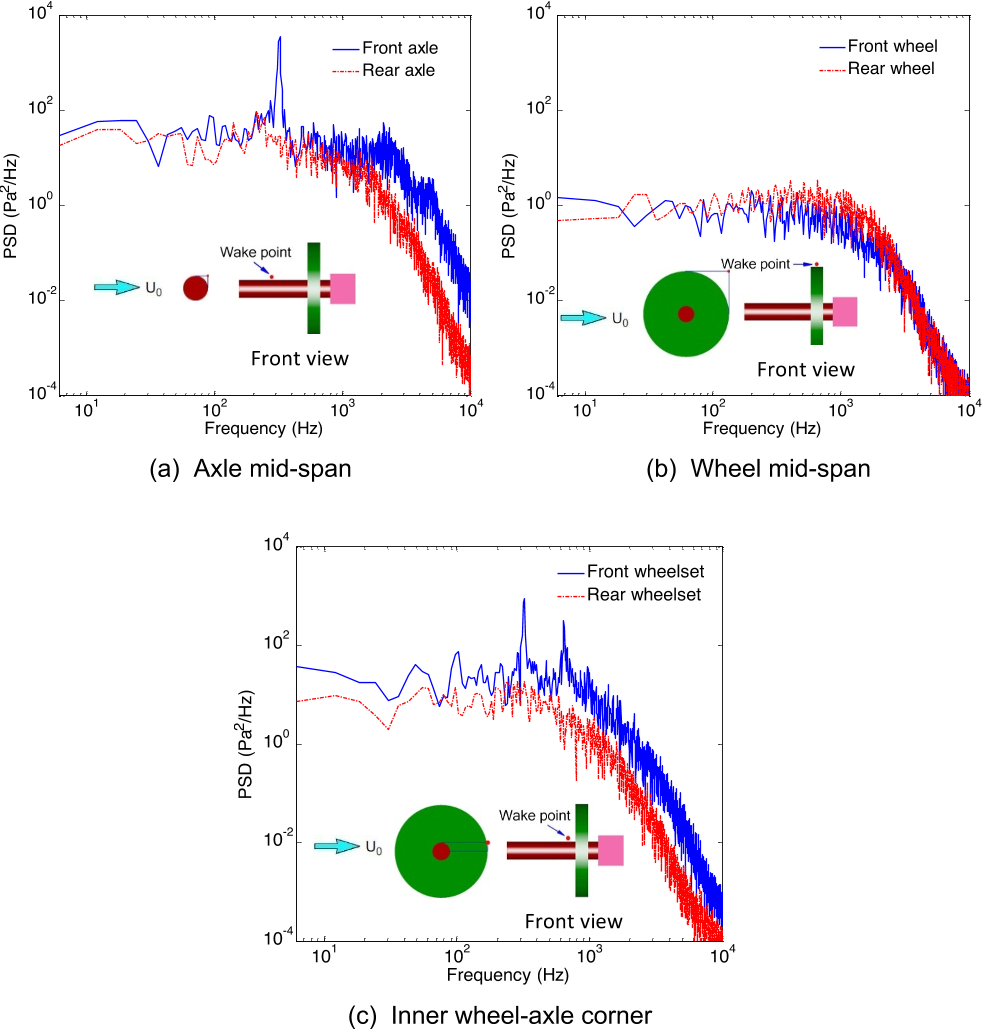
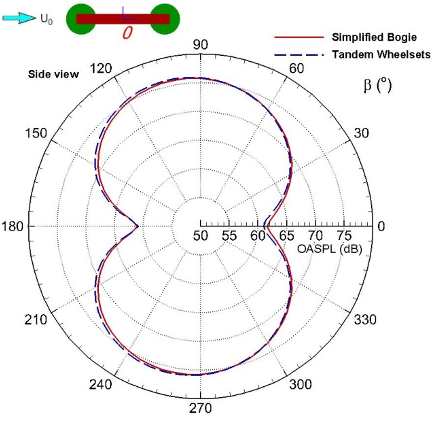


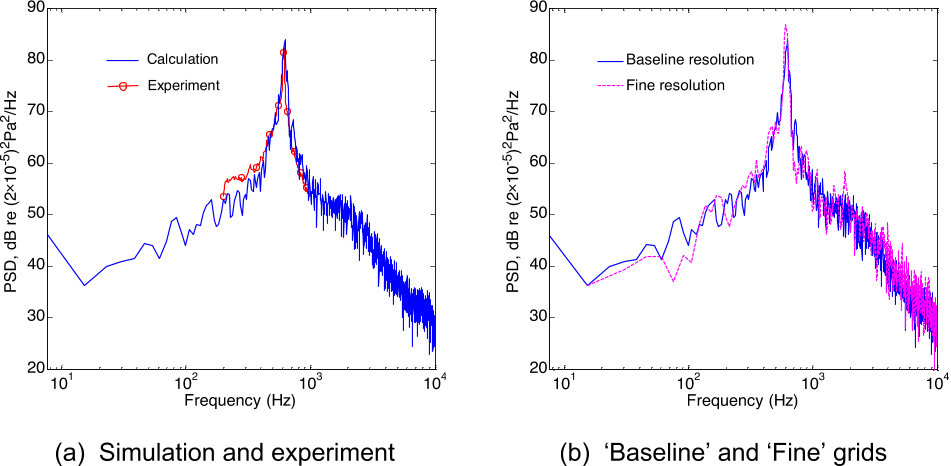
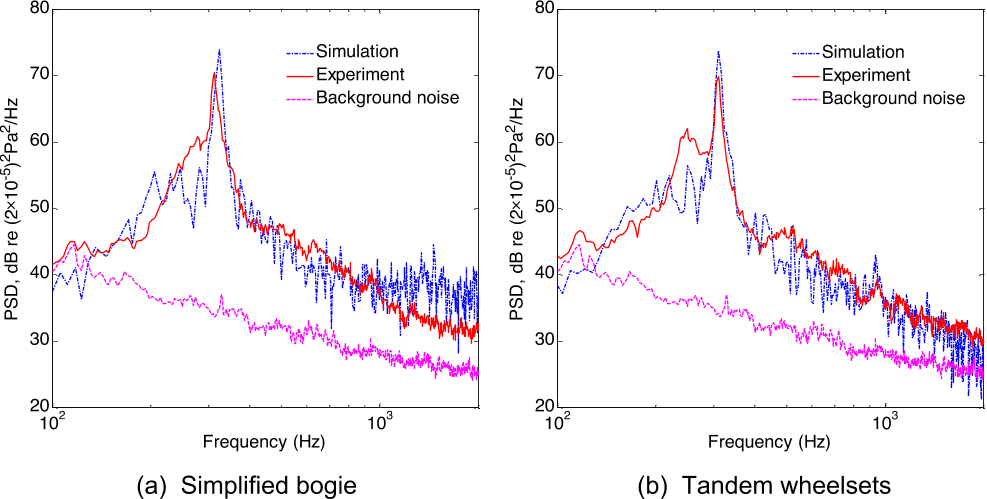
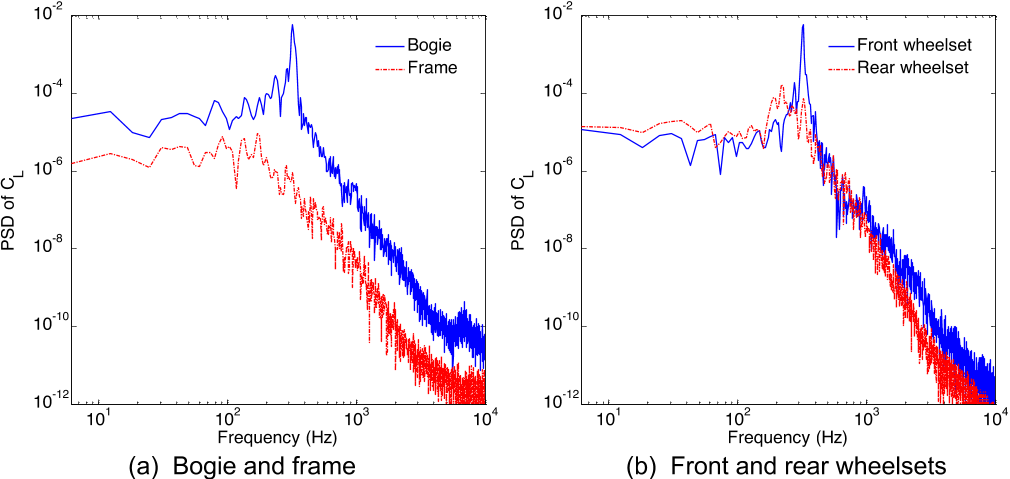

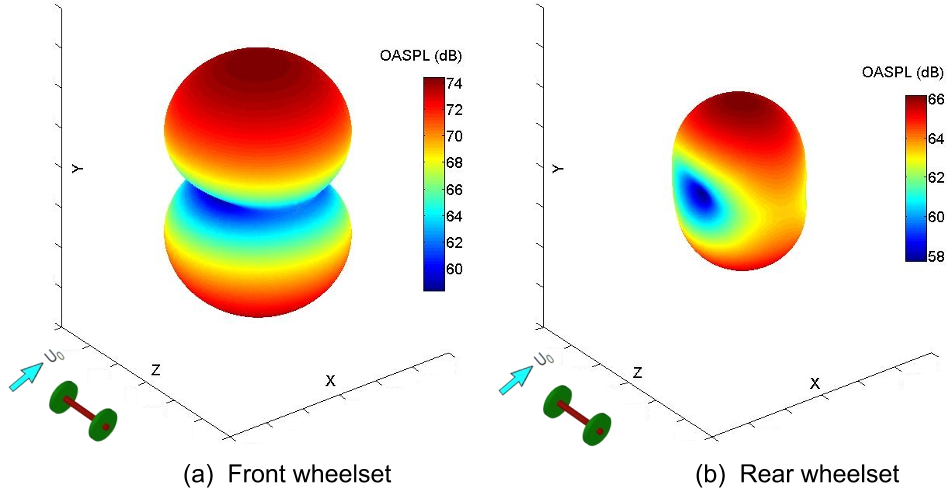


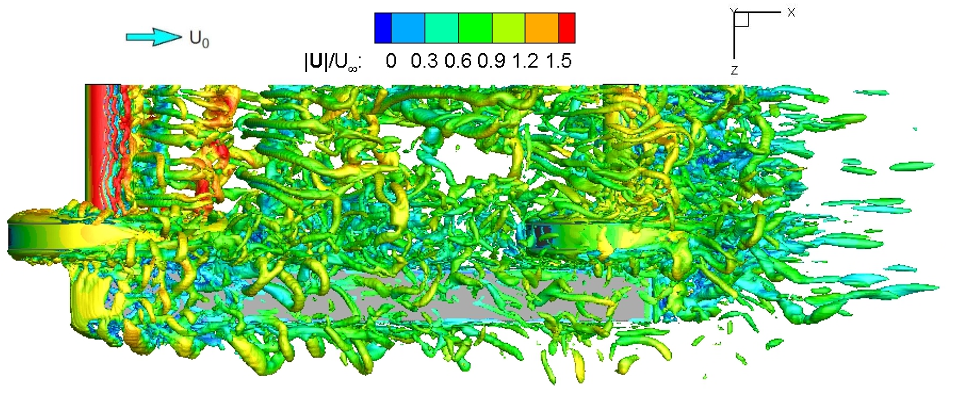





5 citations
4 citations
...and y directions and the Fine grid was generated by increasing the refinement in each (x and y) direction by a factor of two (Zhu et al. 2015)....
[...]
...Relative to the Baseline grid, the Coarse grid was reduced by a factor of 2 in the number of grid point in both x and y directions and the Fine grid was generated by increasing the refinement in each (x and y) direction by a factor of two (Zhu et al. 2015)....
[...]
4 citations
...References [11-13] adopted CFD method to predict the aerodynamic noise of bogies and analyze the unsteady flow behavior around the bogie....
[...]
3 citations
3 citations
4,697 citations
...The equivalent source terms under the integral sign are: Qi and Lij thickness and loading noise; Tij the Lighthill stress tensor.(16) Due to a low-Mach-number flow around the geometries, sound radiation from the quadrupole source (the last term in equation (3)) is neglected and Farassat’s Formulation 1A with an integral solver based on the retarded time approach was used to solve the FW–H equation....
[...]
3,121 citations
2,065 citations
...DDES has been developed to avoid grid-induced separation and preserve the RANS mode throughout the boundary layer.(14)...
[...]
500 citations
498 citations
...It is generally accepted that aerodynamic noise becomes a significant problem for high-speed trains running at speeds over 300 km/h.(5,6) Considerable progress has been made in understanding the aerodynamic phenomena associated with high-speed trains....
[...]
Such factors need to be accounted for in future work.